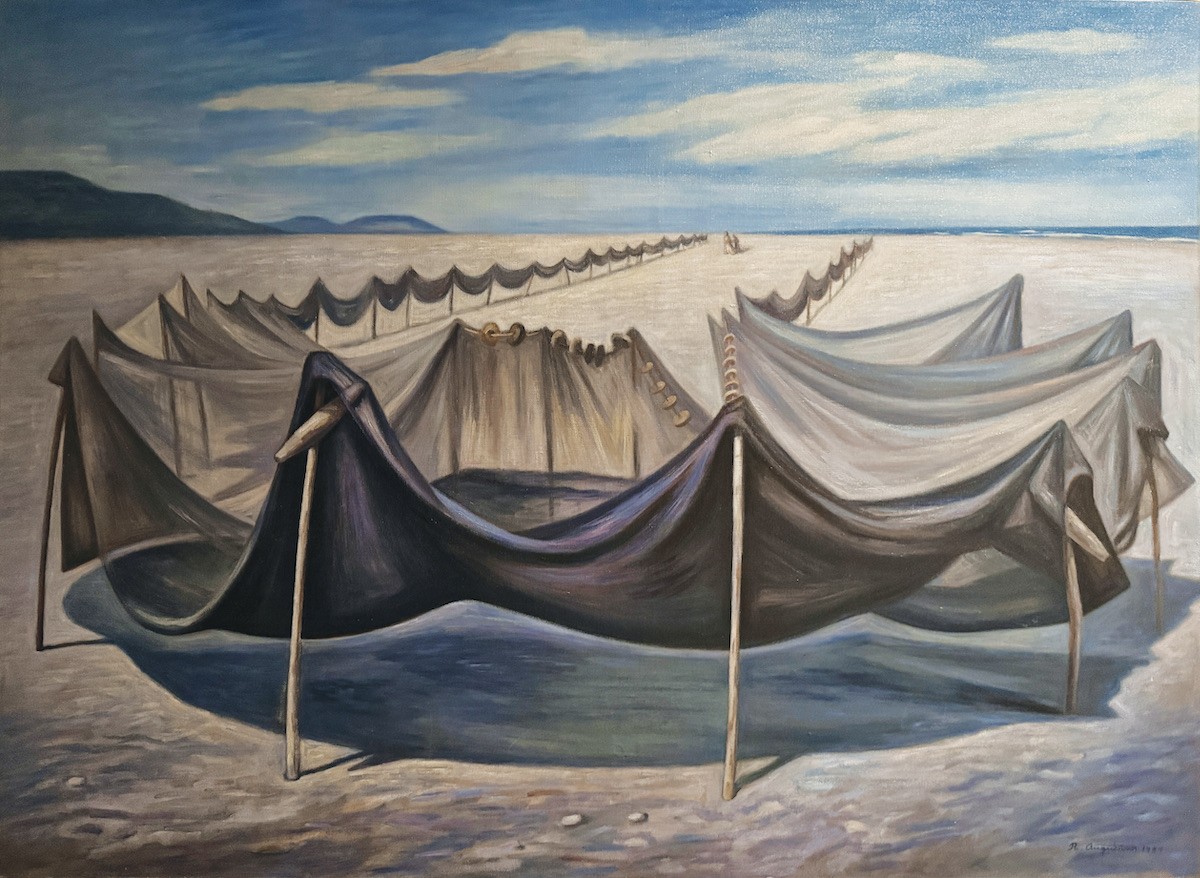Raúl Anguiano
Raúl Anguiano (Guadalajara, 1915 – Mexico City, 2006) was a painter, illustrator, printmaker, and muralist. His artistic production went through different stages: he was a surrealist from 1938 to 1942, a realist during the 1940s, an expressionist from 1957 to 1966, and worked in kinetic art from 1962 to 1969, before returning to realism in 1970. He began his painting studies with José Vizcarra and Juan Ixca Farías at the Escuela Libre de Pintura (Free School of Painting) in Guadalajara, where he joined the group Pintores Jóvenes de Jalisco (Young Painters of Jalisco).
In 1934, he moved to Mexico City to continue his artistic training. He was a founding member of the Liga de Escritores y Artistas Revolucionarios (League of Revolutionary Writers and Artists) and, established the Taller de Gráfica Popular (Workshop for Popular Graphic Art) in 1938 along with Leopoldo Méndez, Alfredo Zalce, and Pablo O’Higgins. In 1941, he emigrated to New York to study at The Art Students League. Upon returning to Mexico, he became a professor at La Esmeralda (School of Painting, Sculpture, and Printmaking), and in 1948, he collaborated in the creation of the Sociedad para el Impulso de las Artes Plásticas (Society for the Promotion of Fine Arts).
As a painter, his most important work, La espina, illustrated the free textbooks published by the Secretaría de Educación Pública (Ministry of Public Education) for many years. In the field of illustration, he created Expedición a Bonampak. Diario de un viaje and Mawarirra. Un viaje al mundo mágico de los huicholes. His mural works can be found in the State of Mexico, Mexico City, Puebla, Morelia, Jalisco, and Los Angeles, California. He had a fruitful artistic career and was considered the last Mexican muralist.


